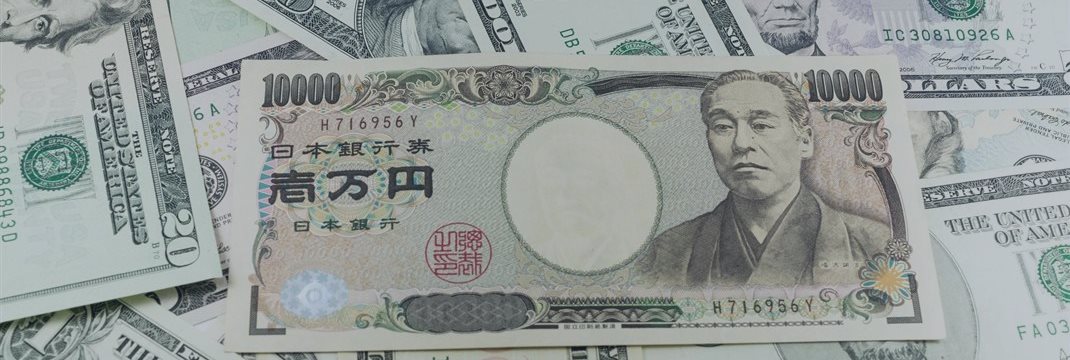The Aussie rebounded in Asia on Monday, while the yen was lower despite positive wages data.
In Japan, average cash earnings for September climbed 0.6%, better than the gain of 0.5% seen year-on-year.
USD/JPY added 0.15% to trade at 123.35.
AUD/USD traded at 0.7053, up 0.13%, recovering after earlier losses caused by China data.
On Sunday, China said the October trade surplus came in at $61.64 billion, slightly more than $60.34 billion in September, but exports were lower 6.9% and imports dropped 18.8%.
October's trade surplus came in at a fresh monthly record due to a sharper drop in imports rather than any improvement in exports. The strong trade surplus partially explained an unexpected increase in the Chinese foreign exchange reserves announced on Saturday.
China's foreign currency reserves expanded by $11.387 billion in October from September, the first monthly rise in six months, suggesting the wave of capital outflows that has made investors nervous may now be fading.
While the People's Bank of China may be happy with the surplus, which helps eclipse capital outflows and ease yuan depreciation pressure, exports and imports dropped more than expected, highlighted weak demand in China and overseas.
Imports have now dropped for twelve months in a row, and have dipped by more than 10% for three straight months since the yuan devaluation in early August which weakened the currency's purchasing power.
This week, market players will be looking ahead to Friday’s U.S. data on retail sales, producer prices and consumer sentiment for fresh cues on the likelihood of a December rate increase.
Tuesday’s inflation figures from China will also attract attention, along with Friday’s preliminary data on economic growth in the euro area.



